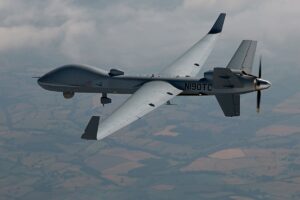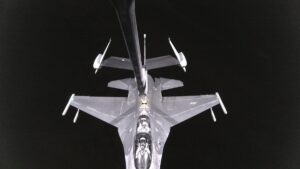The Army’s New Era: Streamlining Future and Training Commands
The U.S. Army is embarking on a significant structural change, merging its Futures Command with the Training and Doctrine Command into a new entity known as the Army’s Transformation and Training Command. This announcement was made by Army Chief of Staff Gen. Randy George during a recent House Appropriations defense subcommittee hearing, marking a pivotal move in the Army’s organizational strategy.
This decision comes on the heels of broader organizational changes aimed at reshaping the military force structure to address present and anticipated threats more effectively. The consolidation is designed to eliminate inefficiencies and streamline operations, aligning with the Army’s future vision.
The headquarters for this newly formed command will be located in Austin, Texas, the current base for the Army Futures Command (AFC). Established during the Trump administration under Gen. Mark Milley, AFC was created to modernize the Army’s approach, focusing on cutting through bureaucratic barriers to advance military technology and capability.
Gen. Milley envisioned AFC as a key player in the Army’s modernization, redirecting billions into critical projects like long-range precision fires and situating the command in Austin, a hub for technological innovation. This move was intended to foster a more agile and responsive requirements development process, which had been struggling under the weight of TRADOC’s multiple responsibilities.
The integration of AFC and TRADOC aims to reunite the requirements development with training and doctrine, but under a new structure where TRADOC merges into AFC. “That way we have one headquarters that can oversee the design, build, doctrine and training,” Gen. George explained, emphasizing the need for advanced training methods in line with tactical changes.
Despite AFC’s initial role in bridging the gap between development and procurement, its function shifted over the years towards advising on long-term technological advancements rather than managing immediate investment decisions. Nevertheless, it achieved notable successes in advancing missile defense, new aircraft, and precision fires programs.
The Army leadership now sees the necessity of combining the two commands to cut down on bureaucracy and enhance operational efficiency. Gen. George highlighted the benefit of relocating personnel back into formations, which would “green up some other areas.”
Army Secretary Daniel Driscoll pointed out the existing inefficiencies, noting the presence of 35,000 personnel in acquisitions. “We don’t know what the right number is; that is too many,” Driscoll remarked, underscoring the need to streamline human resources to accelerate processes.
Currently, AFC employs about 17,000 people, whereas TRADOC has 35,000 personnel globally. The Army has yet to disclose the size and structure of the new command or clarify the future of components like the Combined Arms Center in Kansas or the Centers of Excellence, which were previously under TRADOC.
Army officials advocate that the consolidation will forge stronger connections between soldiers’ needs and the Army’s procurement processes. The goal is to adopt a venture capital-like model to foster innovation and scalability, an initiative that the Army is optimistic about as a first step toward modernization.






